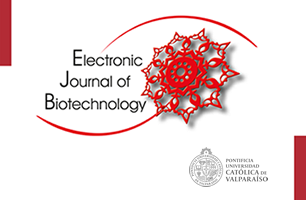Abstract
Background: Genetic diversity studies are important for the selection of parents with a greater combination capacity which, when crossed, increase the chances of obtaining superior genotypes. Thus, 26 polymorphic SSR primers were used to assess the genetic diversity of 140 individual samples from 12 diploid sugar beet pollinators (pollen parents) and 2 cytoplasmic male sterile lines (seed parents). Eight pollinators originated from three research centers of the United States Department of Agriculture, while four pollinators and cms lines came from Institute of Field and Vegetable Crops, Novi Sad, Serbia.
Results: A total of 129 alleles were obtained, with mean value of 3.2 alleles per SSR marker. The observed heterozygosity ranged from 0.00 to 0.87 with mean value of 0.30. Expected heterozygosity and Shannon's information index were the lowest for marker BQ590934 and the highest for the markers SB15s and FDSB502s; the same markers were the most informative, with PIC value of 0.70 and 0.69, respectively. Three private alleles were found in pollinator EL0204, two in pollinator C51, and one in pollinators NS1, FC221, and C93035. Molecular variance showed that 77.34% of the total genetic variation was attributed to intra-population variability. Cluster and correspondence analysis grouped sugar beet pollinators according to the breeding centers, with few exceptions, which indicate that certain amount of germplasm was shared although centers had their own breeding programs.
Conclusions: The results indicate that this approach can improve selection of pollinators as suitable parental components, and could further be applied in sugar beet breeding programs.Upon acceptance of an article by the journal, authors will be asked to transfer the copyright to Electronic Journal of Biotechnology, which is committed to maintain the electronic access to the journal and to administer a policy of fair control and ensure the widest possible dissemination of the information. The author can use the article for academic purposes, stating clearly the following: "Published in Electronic Journal of Biotechnology at DOI:10.2225/volXX-issueX-fulltext-XX".
The Copyright Transfer Agreement must be submitted as a signed scanned copy to biotec@ucv.cl. All authors must send a copy of this document.
